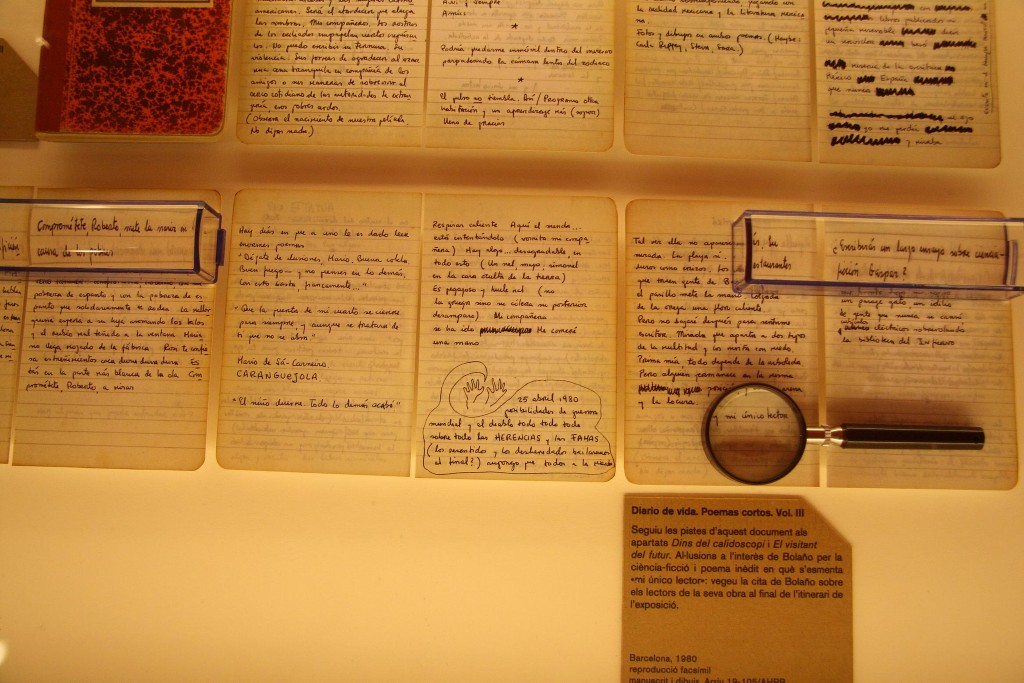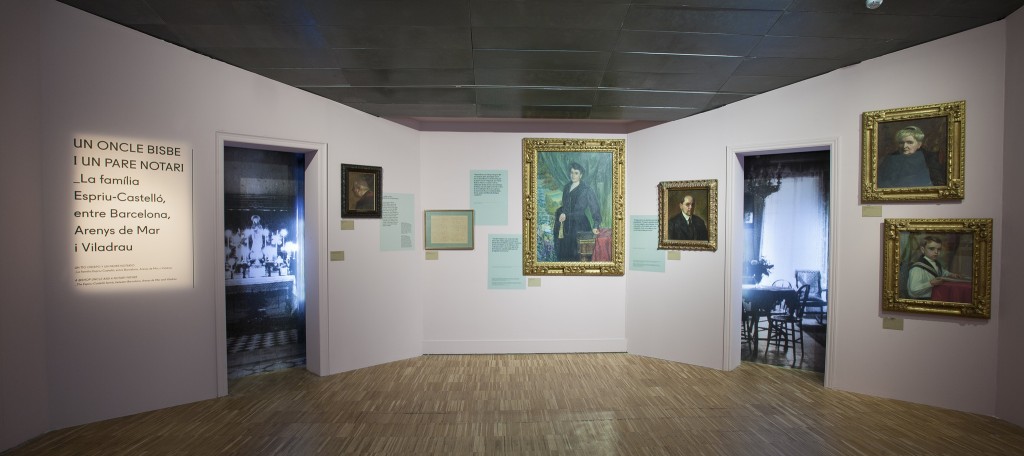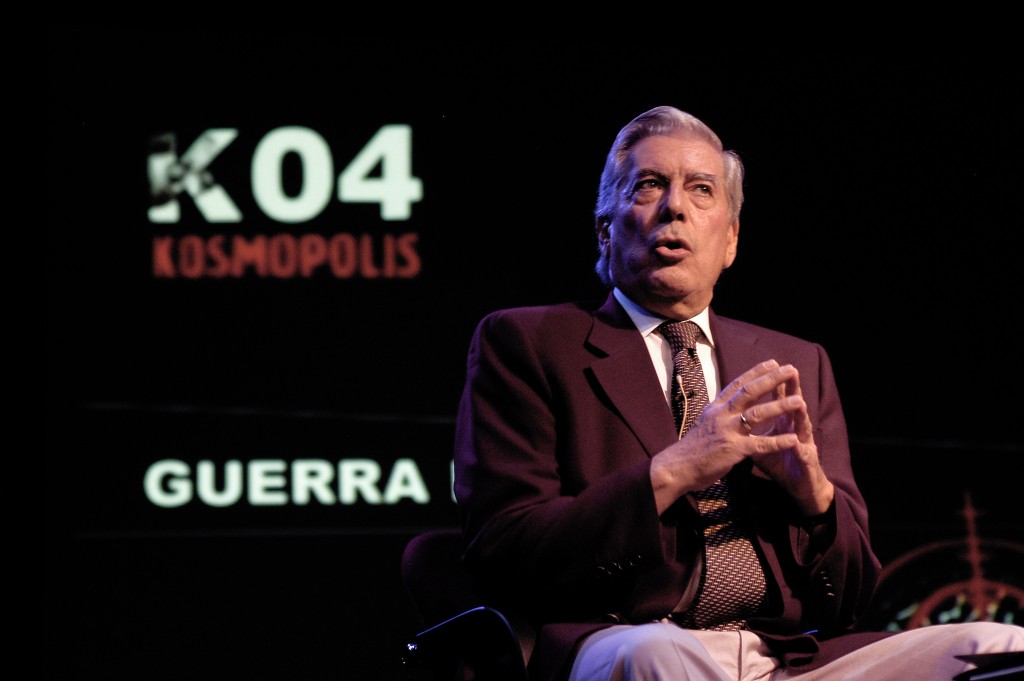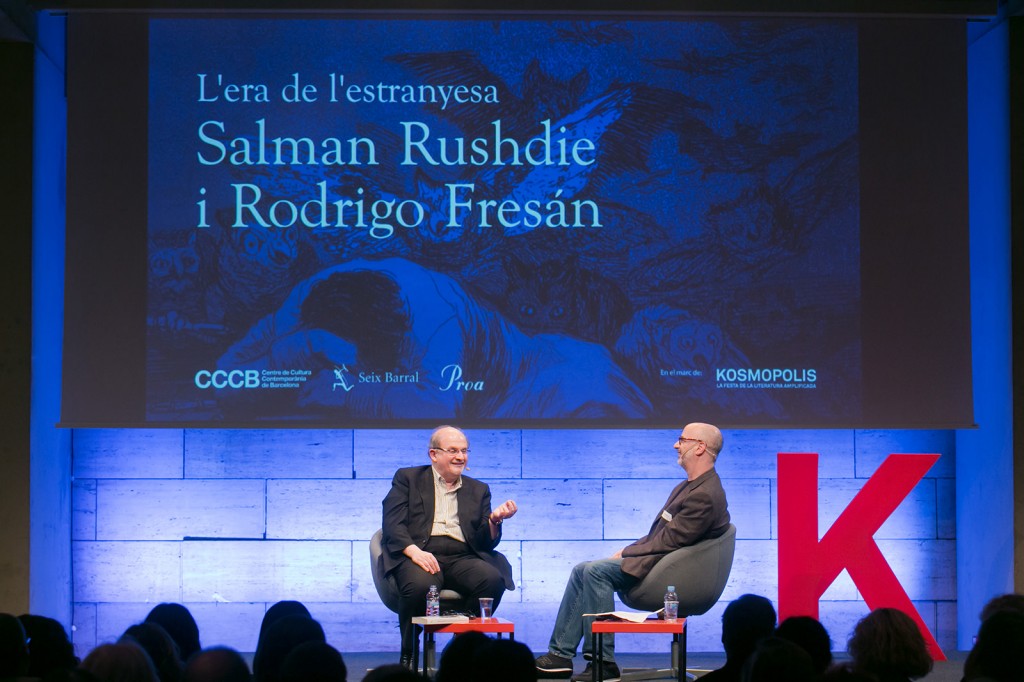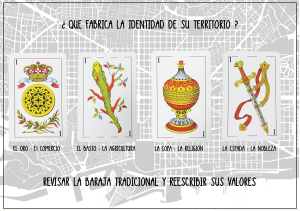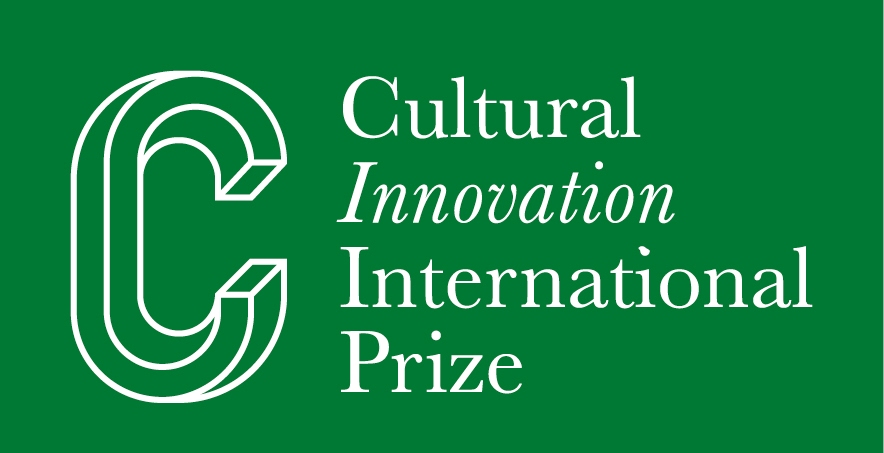Since 11 December 2015, Barcelona has formed part of the UNESCO’s Creative Cities network in the field of literature. Together with Baghdad (Iraq), Ljubljana (Slovenia), Lviv (Ukraine), Montevideo (Uruguay), Nottingham (England), Óbidos (Portugal), Tartu (Estonia) and Ulyanovsk (Russia), Barcelona now has official recognition of a reality that has been palpable in the city for a long time.
Literature is one of the primary focuses of the CCCB and forms part of its founding principles: “The CCCB is a space for the creation, research, dissemination and debating of contemporary culture in which the visual arts, literature, philosophy, film, music, the performing arts and transmedia activity are interconnected in an interdisciplinary programme”. Literature is, therefore, one of the subjects that have most featured in exhibitions and activities over the centre’s twenty years of history.
In 1995, just a year after its inauguration, the CCCB presented the exhibition James Joyce’s Dublin, the first of a series devoted to cities and the writers linked to them. After Dublin, the series continued with The Lisbons of Pessoa (1997), The City of K. Kafka and Prague (1999) and Cosmopolis. Borges and Buenos Aires (2002). All of these exhibitions went beyond the writing to relate the works of authors with their literary and personal landscapes, to discover how the cities that they inhabited were the direct or indirect protagonists of their works. In The Trieste of Magris (2011), the Italian city served as a physical tour around the work of the Italian writer; with Pasolini Rome (2013), the filmmaker met the writer to defend his most critical role and Bolaño Archive (2013) recalled the passing of the Chilean writer through Blanes, Girona and Barcelona via a detective-style journey that visitors had to resolve, a kind of “meta-exhibition” that allowed relations and clues to be discovered in the very work of the author of The Savage Detectives.
Other writers as subjects of exhibitions and debates have been Calders (The Mirrors of Fiction, 2000), Espriu (I Looked Upon This Land, 2013), W.G. Sebald (Sebald Variations, 2015, an exhibition that related the walks taken by the German author with contemporary art), Julio Cortázar (Travels, Images and Other Territories, 2004), Federico García Lorca (1998) and J.G. Ballard (Autopsy of the New Millennium, 2008).
It was the exhibition devoted to Borges that gave its name to the amplified literature fest Kosmopolis, which held its first edition in December 2002. Since then, every two years (with some exceptions: in 2005 a special edition was held to coincide with Book and Reading Year and the 400th anniversary of the publication of the Quijote), it has brought together some of the best authors of world literature, including several Nobel, Cervantes and Príncipe de Asturias prize winners, such as Juan Marsé, Gao Xingjian, Claudio Magris, J.M. Coetzee, Tzvetan Tódorov, Amos Oz, Ismail Kadaré, Mario Vargas Llosa and Svetlana Alexievich. Kosmopolis bears the subtitle “Amplified literature fest” because it is more than a literature festival, because the themes for each edition are related to each other, because writing, science, comic art, the written and spoken word, music and theatre all form part of a programme that explores the letters from very diverse perspectives. And because it does not focus on a single form of literary expression, but rather encompasses them all. For all these reasons we would be so bold as to say that Kosmopolisis the only festival held in Barcelona on literature understood in its broadest sense, since other meet-ups, such as BCNegra or Barcelona Poesía, focus on the field of literature specialising in the crime and poetry genres, respectively.
Beyond the exhibitions, the CCCB has also hosted book presentations, courses, tribute events and lectures by authors from al over the world. To cite just a few examples: Paul Auster presented his Winter Journal in 2012; Erri de Luca talked about the Mediterranean; Amin Maalouf debated on identity and memory; Orhan Pamuk reflected on the future of museums and literature; Herta Müller presented a small-format exhibition on her work; Salman Rushdie explained why we live in the time of strangeness, and Jonathan Safran Foerdefended the need to stop eating animals.
In 2016 we commemorated the seven-hundred year anniversary of the death of Ramon Llull and over the course of the year various activities were held related with the writer, philosopher, theologian, professor and missionary. At the CCCB we joined the commemoration with an exhibition, The Thinking Machine. Ramon Llull and the ars combinatoria, which offered a new perspective regarding his work. However, this is not the first nor the last anniversary to be celebrated at the centre: we also remembered J.V. Foix with the recital FestFoix. 25 Years With/Without Foix; we hosted a tribute to Joan Vinyoli on the thirty-year anniversary of his death, Anniversary Promenade. Tribute to Joan Vinyoli, and Raimon read texts by Joan Fuster on the 2012 commemoration of ninety years since his birth and fifty since the publication of his most important work, Nosaltres, els valencians. For the last three years we have also been celebrating Orwell Day; once a month we host a meet-up focusing on the spoken word, PoetrySlam, and regularly the Friends of the CCCB participate in the Reading Club led by journalist and writer Antonio Lozano. Furthermore, since 2013 the CCCB has formed part of the Literature Across Frontiers platform, which promotes literature and translation in minority languages with member literary festivals from places as diverse as Turkey, Poland, the United Kingdom, Croatia, Norway, Portugal and Slovenia.
Apart from Llull, the literary programme for 2016 was again brimming with important events. In May and June we were visited by Northamerican writers John Irving and Don DeLillo and in November we hosted Eurocon, Europe’s most important science-fiction literature meeting. We also received the most autobiographical authors of the moment at the Primera Persona festival, which confirmed authors such as Renata Adler, Juan Marsé, Carlos Zanón and Jordi Puntí. Writers such as Elif Shafak, Mia Couto and Patrick Deville came to talk about books and literature and in 2017 we’ve celebrated a new edition of Kosmopolis with guests like John Banville, Pierre Lemaitre, Zeina Abirached, Jean Echenoz and PJ Harvey, who gave her first poetry recital in Spain.
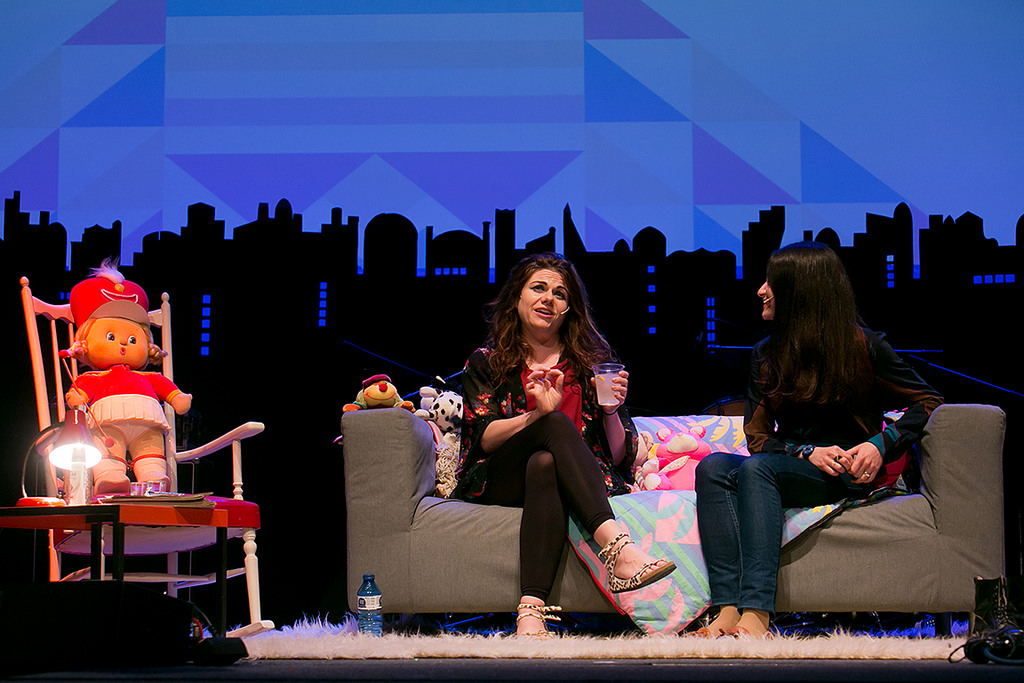
Primera Persona 2015. The writer Caitlin Moran talking the journalist Marta Salicrú © CCCB, Miquel Taverna, 2015
With this track record, Barcelona’s candidate status as Literary City was a project that the centre defended with enthusiasm and with the conviction that it was a recognition that Barcelona has deserved for some time. Now, with this honorary title, the city has fully entered the worldwide league of creative cities, and the CCCB will continue to be on the front line, defending literature as one of the fine arts. Because, as defined by the principles of Kosmopolis, literature is “the only discourse that does not try to model the world on absolute foundations, disciplinary frontiers or ideological straitjackets”.









